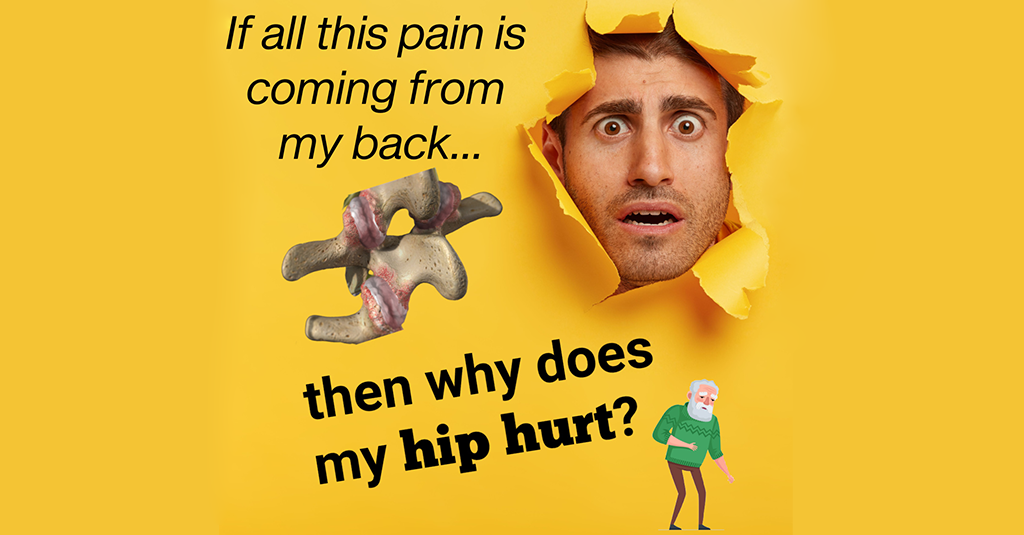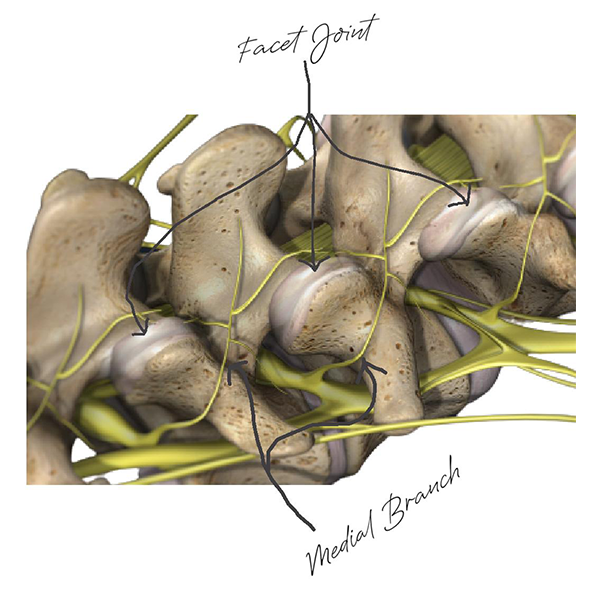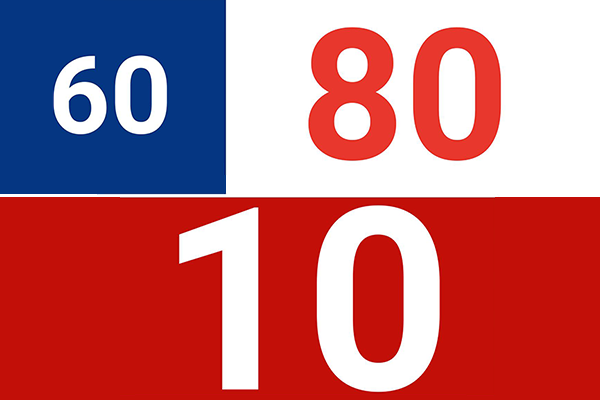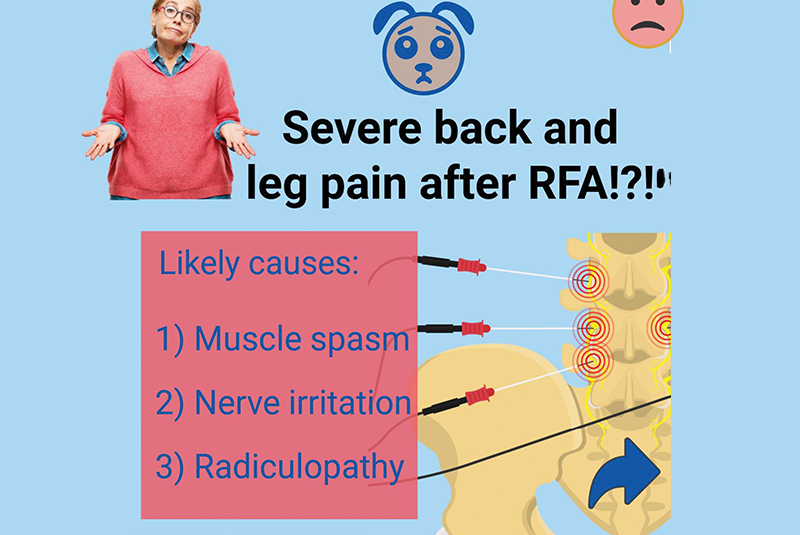
Lower Back Vs. Hip Pain
Lower Back Vs. Hip Pain https://bestpracticehealth.tv/wp-content/uploads/2022/12/banner-lower-back-vs-hip-pain.png 1024 535 Best Practice Health TV Best Practice Health TV https://bestpracticehealth.tv/wp-content/uploads/2022/12/banner-lower-back-vs-hip-pain.pngI first realized how much low back pain can feel like hip pain while placing a needle in a guy’s low back. I was using x-ray to guide a needle to inject a facet joint —his was in the bad old days before we knew facet injection damaged the joint and made the pain we were trying to treat worse. As the tip of the needle approached the facet joint on the x-ray monitor the patients suddenly called out.
“Ow!” he said.
“What’s that?” I asked.
“My hip,” he said.
My forehead wrinkled and my eyes squinted. “Is that your usual pain?”
“Yeah,” he said. “You’ve got it. Right there.”
I pushed the plunger on the syringe loaded with x-ray contrast dye with my thumb.
“Oh, doc,” he groaned. The contrast agent filled up his facet joint and made a dark black little line on the portable x-ray machine.
“Where do you feel that?” I asked.
“My hip and back. It feels like it is in my butt, too. And the side of my thigh is tingling.”
My eyes opened so wide I could see the white tiles on the roof of the procedure room. I had heard those words hundreds of times, but until that moment, I never understood what they meant.
The facet joints allow the back to flex forward and extend backward. There are five facet joints on each side of the low back, eleven in the thoracic spine, and six in the neck. All joints have dedicated nerve fibers which transmit pain sensation from the joint to the brain. The medial branches are tiny nerve fibers that go into and innervate the facet joints.

You can tell whether you have back or hip pain by the pattern. Facet pain has a typical pattern: it starts on the left or right side of the spine, radiates out to your butt, feels like it is in your hip, and tingles on the outside of the thigh.

If your pain goes into your groin and is worse if you lay on your back and have someone passively rotate your hip, then it is your hip joint. There is another type of hip pain that is not actually the hip joint: point tenderness on the outside of your thigh over your hip is typically bursitis.
In fact, if you have back pain and at some point, your doctor ordered what turned out to be a normal x-ray of your hip, you need treatment. In a medial branch block a facet joint is temporarily numbed. If the block relieves your typical back pain, then the pain is coming from the facet joint. At that point, the medial branch can be “burned” or ablated with a radiofrequency probe. How well does this procedure work?

Radiofrequency ablation relieves 80% of the back pain in 60% of patients for an average of 10 months.
- Posted In:
- Hip Pain
- Low Back Pain










